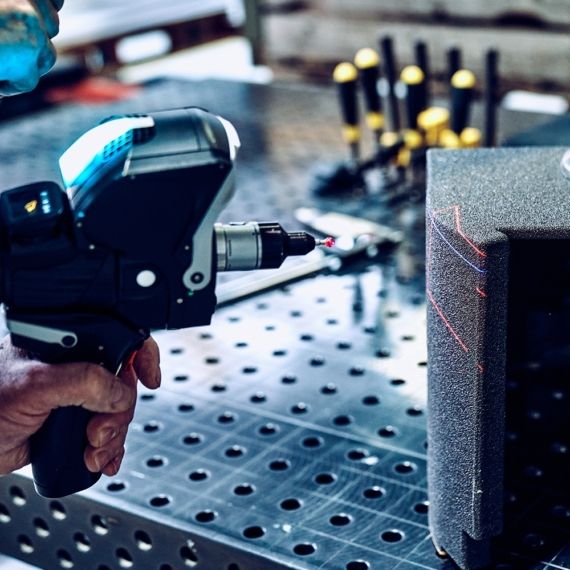Technological Advances in Body Armor
Body armor technology by integriscomposites.com has undergone significant advancements in recent years, driven by the constant pursuit of improved protection, comfort, and versatility for users in various fields such as military, law enforcement, and civilian security. Here are some key areas of innovation in modern body armor:
1. Lightweight Materials:
One of the most notable advancements in body armor technology is the development of lightweight materials that offer high levels of protection without sacrificing mobility. Materials such as aramid fibres, ultra-high-molecular-weight polyethylene (UHMWPE), and ceramic composites are increasingly being used to create body armor that is lighter and more flexible than traditional steel or ceramic plates.
2. Flexible and Multi-Layered Designs:
Modern body armor incorporates innovative designs that utilise flexible and multi-layered configurations to provide enhanced protection against a wider range of threats. These designs can effectively distribute and dissipate the energy from ballistic impacts, reducing trauma to the wearer while maintaining comfort and mobility.
3. Advanced Ballistic Protection:
Advancements in ballistic protection technology have led to the development of body armor capable of withstanding a broader spectrum of ballistic threats, including high-velocity rifle rounds and armour-piercing projectiles. This increased protection level is achieved through the use of advanced materials and design principles that maximise energy absorption and dispersion.
4. Integrated Electronics and Communication Systems:
Some modern body armor systems feature integrated electronics and communication systems to enhance situational awareness and connectivity for users in the field. These systems may include built-in radios, GPS tracking devices, biometric sensors, and heads-up displays, providing real-time information and communication capabilities to enhance operational effectiveness.
5. Adaptive and Customisable Solutions:
Another notable trend in body armor technology is the development of adaptive and customisable solutions tailored to the specific needs and preferences of individual users. Modular designs, adjustable components, and custom-fit options allow users to optimise their body armor for comfort, mobility, and mission requirements, enhancing overall user satisfaction and performance.
Conclusion:
Technological advances in body armor have revolutionised the protective equipment landscape, providing users with lighter, more flexible, and more effective solutions for mitigating ballistic threats. As research and development in this field continue to progress, we can expect further innovations that will further enhance the safety and performance of those who rely on body armor in high-risk environments








